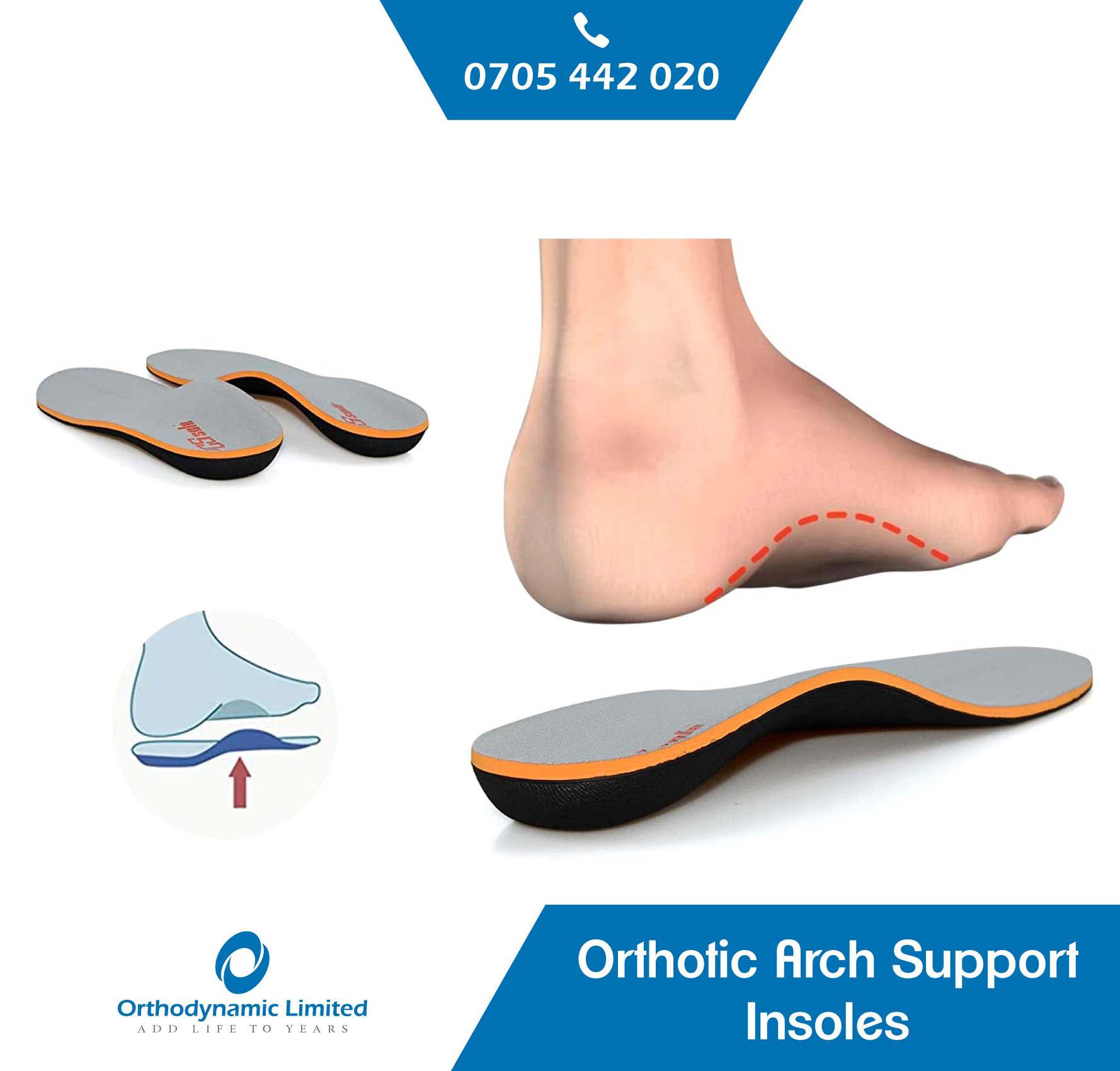Back Pain
Back Pain
Back Pain Management depends on the type of pain manifested, severity and time. It is very common and normally improves within a few weeks or months. Pain in the lower back (lumbago) is particularly common, although it can be felt anywhere along the spine – from the neck down to the hips.
In most cases the pain isn’t caused by anything serious and will usually get better over time.
There are things you can do to ease the pain. But sometimes the pain can last a long time or keep coming back.
There are two types of back pain;
2. Acute Back pain
Acute back pain comes on suddenly and usually lasts from a few days to a few weeks (maximum up to six weeks). Most cases of Acute Back pain will clear up in a few days without medical attention, although recurrence after a first attack is common.
2. Chronic Back Pain
Chronic back pain is typically described as lasting for more than three months. It may result from a previous injury, or it may have an ongoing cause, such as nerve damage or arthritis. In some cases, the exact cause of pain cannot be identified.
Treatment.
Your GP, specialist or physiotherapist may recommend extra treatments if the pain doesn’t improve with self-help measures.
These may include:
- group exercise classes – where you’re taught exercises to strengthen your muscles and improve your posture.
- manual therapy – treatments such as manipulating the spine and massage, usually carried out by physiotherapists, chiropractors or osteopaths
- psychological support, such as cognitive behavioural therapy (CBT) – this can be a useful part of treatment if you’re struggling to cope with the pain
Some people choose to see a therapist for manual therapy without seeing their GP first. If you want to do this, you’ll usually need to pay for private treatment.
Surgery is generally only considered in the small number of cases where back pain is caused by a specific medical condition.
Causes
Often it’s not possible to identify the cause of the pain. Doctors call this “non-specific” back pain.
Sometimes the pain may be a result of an injury such as a sprain or strain, but often it occurs for no apparent reason. It’s very rarely caused by anything serious.
Occasionally the pain can be due to a medical condition such as:
- a slipped (prolapsed) disc – where a disc of cartilage in the spine presses on a nearby nerve
- sciatica – irritation of the nerve that runs from the pelvis to the feet
These conditions tend to cause additional symptoms – such as numbness, weakness or a tingling sensation – and they’re treated differently to non-specific back pain.
Prevention
It’s difficult to prevent back pain, but the following tips may help reduce your risk:
- do regular back exercises and stretches – your GP or a physiotherapist may be able to advise you about exercises to try
- stay active – doing regular exercise can help keep your back strong; adults are advised to do 150 minutes of exercise a week
- avoid sitting for too long when driving or at work
- take care when lifting – read some safe lifting tips
- check your posture when sitting, using computers and watching television – find out how to sit correctly and tips for laptop users
- ensure the mattress on your bed supports you properly
- lose weight through a combination of a healthy diet and regular exercise if you’re overweight – being overweight can increase your risk of developing back pain
Will exercise help relieve my pain or prevent it returning?
Yes.
Doing regular exercise can help to reduce and relieve back pain, and even prevent it from returning. There’s a whole range of physical activities to keep our back healthy. Research suggests that exercise may help if you have back pain that lasts for longer than six weeks. You may be able to try:
- walking
- yoga
- swimming
- cycling
- hydrotherapy (exercises in water)
in case there is a disc herniation or deformity resulting from primary cause one might need a brace to help manage the pain as a conservative means of lower back pain relief.





